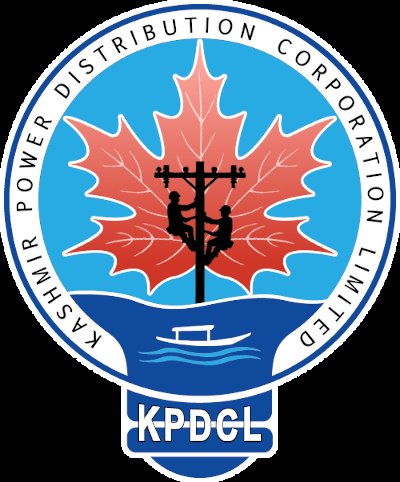SRINAGAR : In order to check power pilferage and bring down losses in unmetered flat-rate areas, Kashmir DISCOM is conducting calibrated load rationalization, based on actual electricity usage by the domestic consumers.
Strict directions have also been given to all Electric Subdivisions to carry out door-to-door inspections, focusing particularly on high value consumers, whose agreemented load is significantly lower that actual consumption.
In a press statement issued here today, a Kashmir Power Distribution Corporation Limited (KPDCL) spokesperson stated that under the flagship Revamped Distribution Sector Scheme (RDSS) of Government of India, LT network and smart metering projects are being implemented to bring about a complete turnaround in the power sector, with ultimate goal of providing uninterrupted and affordable power supply to its consumers.
“All 13 packages related to loss reduction works are in progress in 10 districts of Kashmir Division under which DT substations and LT-AB cables are being laid,” he said, while urging consumers to facilitate the executing agencies in laying of new distribution infrastructure and upgradation of existing infrastructure in a hassle-free manner.
There have been reports where manpower of the executing agencies has been physically assaulted for laying of LT-AB cable and removal of bare conductor. “Complaints of physical assault have been received from parts of Srinagar city, Ganderbal, Kupwara & Budgam districts,” he said, adding these are resolved with active support and facilitation extended by District & Police administrations.
Urging the consumers to not confuse load calibration with tariff hike which falls entirely within the domain of Joint Electricity Regulatory Commission, the spokesman stated that loads of consumers are being revised based on actual consumption patterns. “In several instances, the agreemented load of the consumer is much lower than the actual consumption,” he added.
Decks have also been cleared for smart metering of flat-rated consumers, which shall empower them with better control over their budget and real-time monitoring of consumption patterns.
KPDCL’s load revision to focus more on high value consumers in flat-rate areas
Seeks cooperation in hassle-free laying of LT infrastructure network under RDSS
A
A
0
0
SHARES
4
VIEWS
ADVERTISEMENT
READ ALSO
Leave a Reply Cancel reply
About Us
Welcome to TRK News, the most-watched television channel in Jammu and Kashmir with a mission to deliver authentic news from around the world. We strive to cover all aspects of news with our firsthand coverage of local, national, and international events. Our team is dedicated to bringing the untold stories to light with unbiased reporting and a commitment to excellence. Join us as we promote the power of informative and inspiring news reporting.







